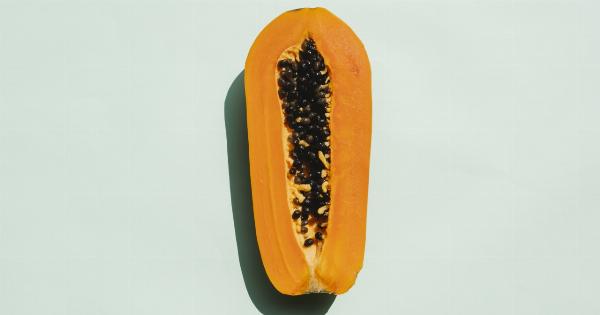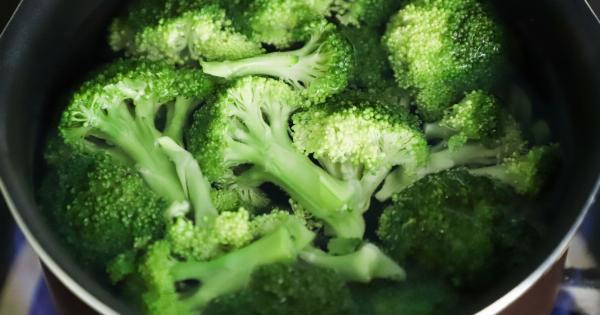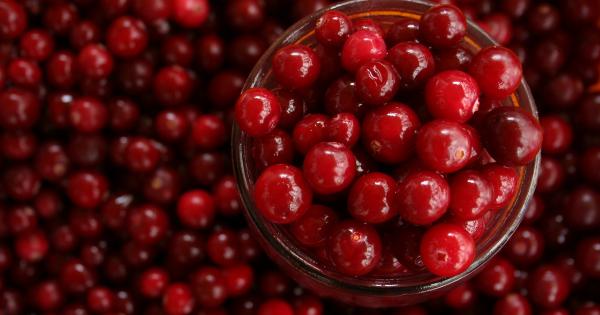Tomatoes are one of the most popular and versatile fruits (yes, they are a fruit!), used in salads, sauces, and many other dishes.
However, have you ever bitten into a tomato only to find it flavorless and bland? There are several reasons why this may happen.
1. Unripe Tomatoes
Unripe tomatoes, those that have not fully ripened, are often tasteless and lack the nutrient density of a fully ripened tomato. To determine if a tomato is unripe, look for its color.
An unripe tomato will be pale green or light orange in color, while a ripe one will have a reddish hue.
2. Overripe Tomatoes
On the opposite end of the spectrum are overripe tomatoes. Tomatoes that are too ripe tend to have a mushy texture and an overly sweet taste. They may also be more prone to spoilage and decay. To determine if a tomato is overripe, squeeze it gently.
If it feels soft and mushy, it is likely overripe.
3. Improper Storage
The way you store your tomatoes can also impact their flavor. Tomatoes should not be stored in direct sunlight or in excessively cold temperatures. Both can cause them to lose their taste and develop a mealy or mushy texture.
Instead, store them in a cool, dry place, such as a pantry or cellar.
4. Varietal Differences
Different varieties of tomatoes will have different flavors. Some tomatoes are naturally sweet, while others are more acidic. If you have a preference for a specific flavor profile, it is important to seek out the appropriate variety of tomato.
5. Seasonal Differences
The time of year can also impact the flavor of tomatoes. Tomatoes that are in season and locally grown will generally have a more robust flavor than those that are grown out of season and shipped from another location.
This is because the longer a tomato has to travel, the more likely it is to lose its taste.
6. Genetic Modifications
Genetically modified tomatoes have been developed to increase their shelf life and resilience to pests and disease, but this has also resulted in a reduction in flavor.
Additionally, many commercial tomatoes are picked before they are fully ripe to prevent spoilage during transportation, which can also impact taste.
7. Cooking Methods
The way you prepare and cook tomatoes can also impact their taste. Overcooking tomatoes can lead to a loss of flavor and nutrients, while undercooking them can result in a raw, tasteless flavor.
Properly cooking and seasoning tomatoes can help to bring out their natural flavor.
8. Soil Quality
The soil in which tomatoes are grown can also impact their flavor. Soil that is lacking in nutrients can result in tasteless and bland tomatoes.
It is important to use nutrient-rich soil and fertilizers when growing your own tomatoes to ensure a flavorful harvest.
9. Pesticides
Pesticides used during the growth process can also impact the flavor of tomatoes. While they are intended to protect the tomatoes from pests and disease, they can also reduce the nutrient density and taste of the fruit.
10. Age
Finally, like all fruits, tomatoes have a shelf life. The longer a tomato sits on a store shelf or in your fridge, the more likely it is to lose its flavor and nutrients.
It is important to consume fresh, ripe tomatoes as soon as possible for optimal taste and nutrition.






























